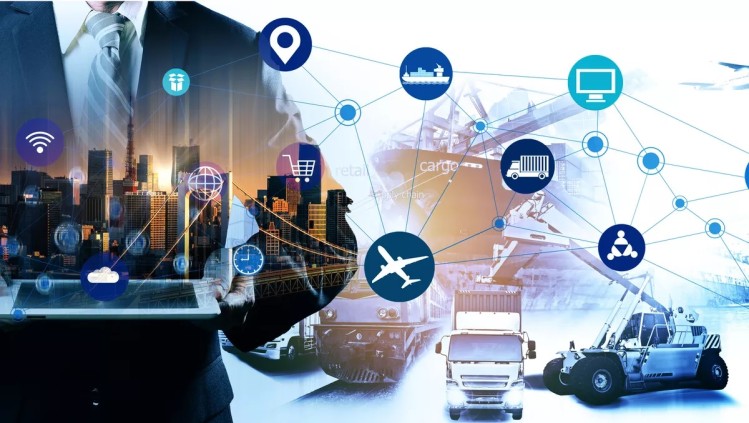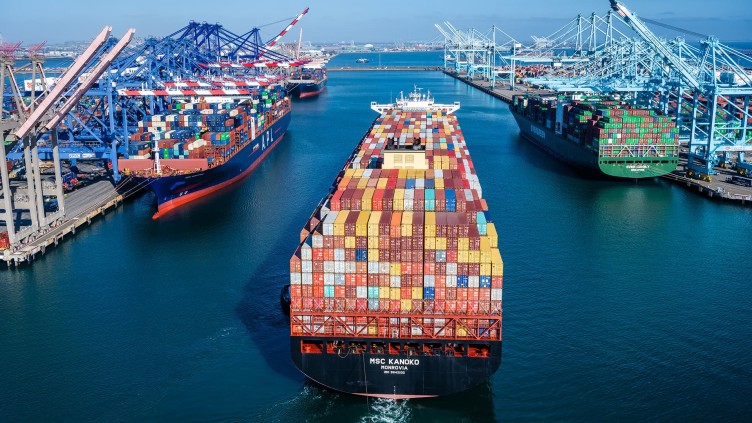Container Tracking and Visibility: How Shipping Lines Ensure Efficient Operations
This article delves into the methods employed by shipping lines to handle container tracking and visibility, highlighting the technologies and strategies that enable them to streamline operations.
In today’s globalized economy, efficient container tracking and visibility play a crucial role in the smooth functioning of shipping lines. As containers move across vast distances and through various ports and transportation modes, it is essential for shipping lines to have robust systems in place to monitor and track the whereabouts of each container.
Container tracking and visibility are critical aspects of shipping line operations, ensuring the efficient movement of goods across the globe. By utilizing technologies such as GPS, RFID, EDI, and IoT sensors, shipping lines can achieve real-time visibility into container locations, monitor cargo conditions, and optimize logistics operations. These advancements enable improved supply chain management, enhanced customer service, and timely decision-making. As technology continues to evolve, shipping lines will likely explore innovative solutions to further enhance container tracking and visibility, leading to greater efficiency and reliability in the maritime industry.
Container Identification and Labeling: Standardized container identification methods are used by shipping companies, such as the usage of container numbers, which are one-of-a-kind identifying numbers. These numbers, together with the appropriate barcodes and labels, are normally visible on the container’s outside. This makes it simple to identify and monitor the container during its travel.
Global Positioning System (GPS) Technology: GPS technology is widely used by shipping companies to monitor containers in real time. Shipping companies can precisely track container movements thanks to GPS sensors fitted within containers that provide position information. With the use of this technology, routes may be optimized and any unforeseen delays or detours can be found in addition to providing accurate position information.
Radio Frequency Identification (RFID): RFID is often used to improve container visibility. RFID tags that are affixed to containers include unique identifying data that may be remotely read. As containers go through RFID-equipped checkpoints at different locations throughout the supply chain, including ports and distribution centers, shipping lines can now automatically monitor containers.
Electronic Data Interchange (EDI): Shipping lines use EDI systems to communicate container-related information with other supply chain participants including consignees, freight forwarders, and customs agencies. Real-time updates on container status, including loading, unloading, and customs clearance, are made possible through this efficient information exchange.
Container Tracking Portals: Using container numbers or booking references, several shipping companies provide online portals or mobile apps that let consumers follow their containers. These websites provide up-to-the-minute information on container whereabouts, anticipated arrival dates, and pertinent paperwork. Customers may easily access this data, improving visibility and openness throughout the delivery process.
Internet of Things (IoT) Sensors: IoT sensors are placed inside containers more often to track a variety of factors, such as temperature, humidity, and shock/vibration. These sensors wirelessly send data, allowing shipping companies to monitor the conditions within the containers and take the necessary actions to maintain cargo integrity and regulatory compliance.






